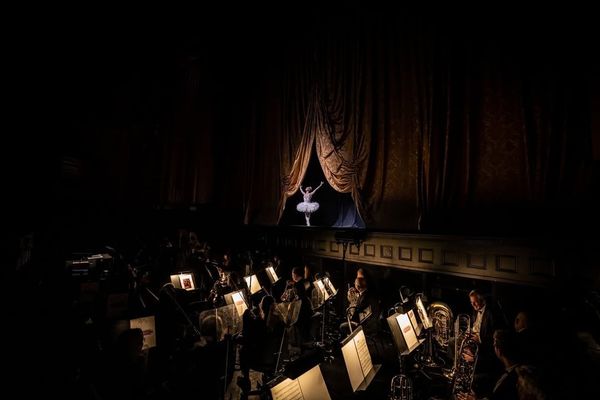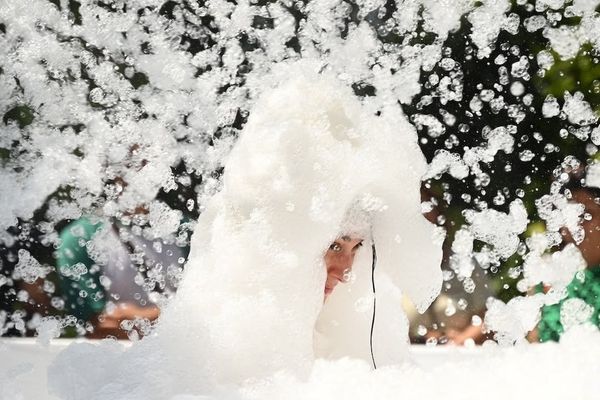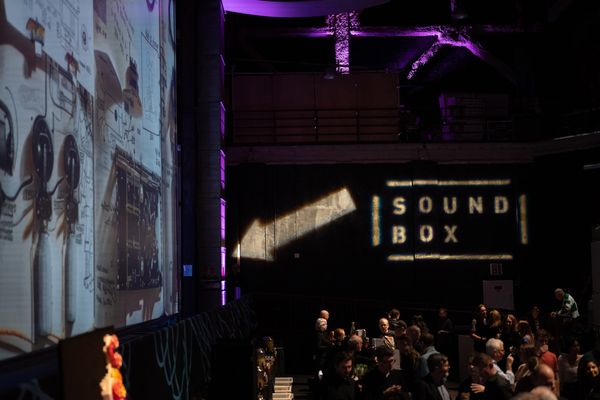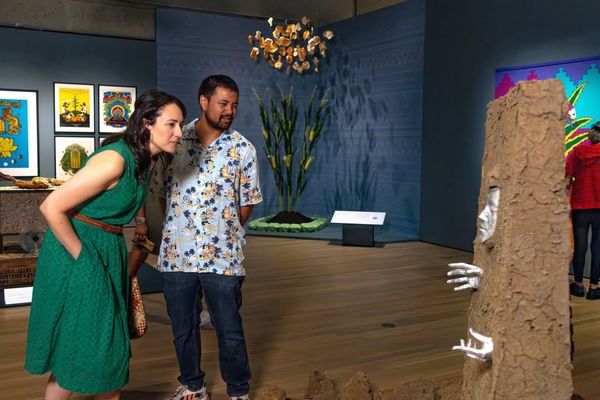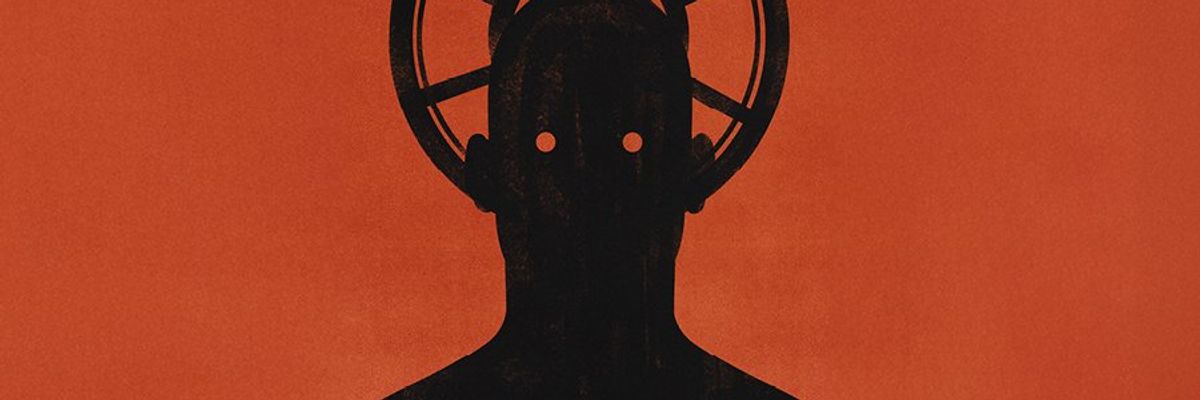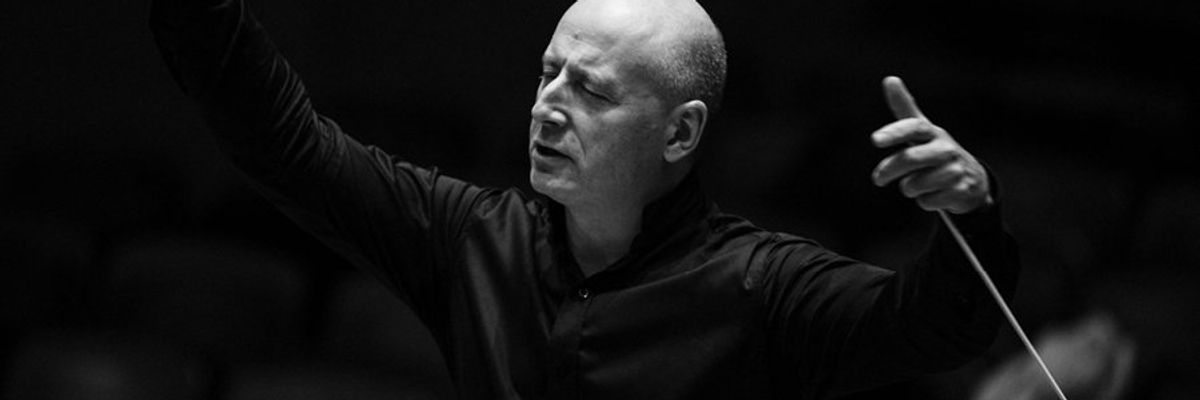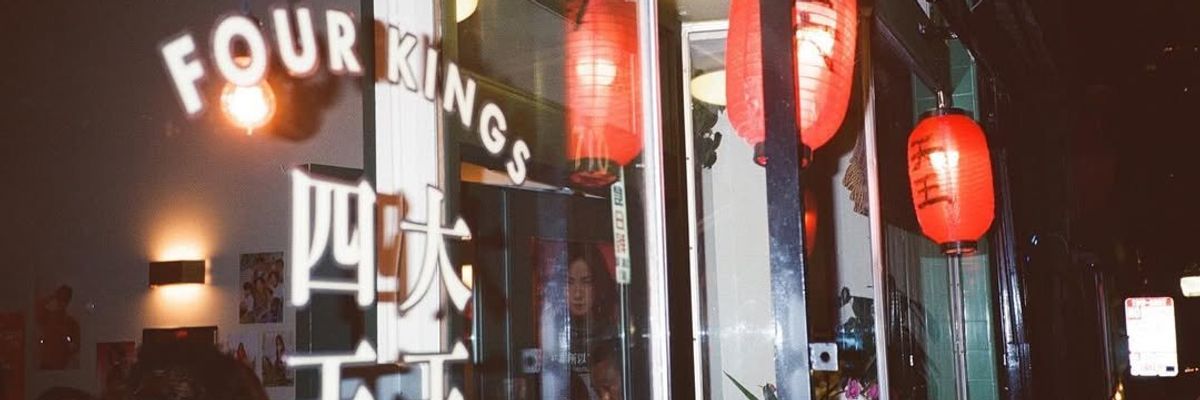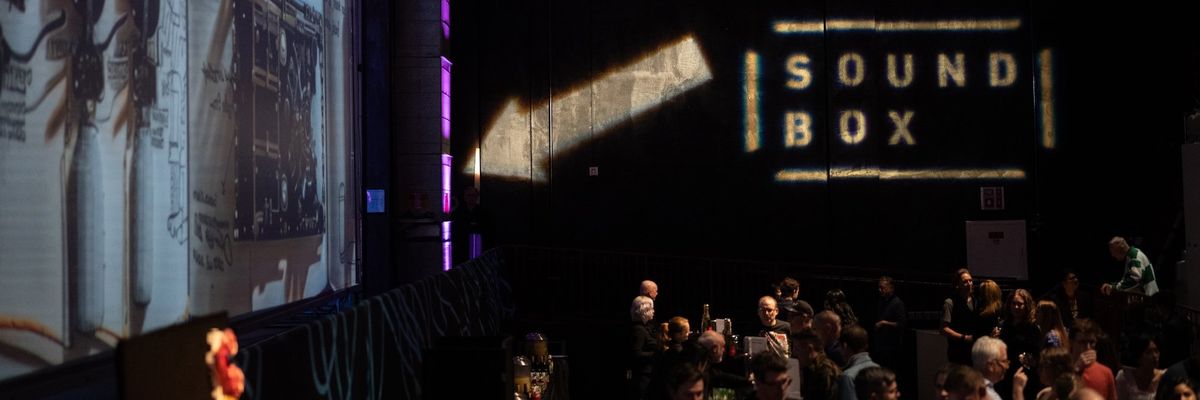Though Lars von Trier is often hailed (or derided, depending on your sensibilities) as European cinema’s foremost provocateur, let’s not sell Michael Haneke short. The New Yorker’s Anthony Lane recently described the German-born auteur as “unsmiling,” but that doesn’t go far enough. Haneke is an art-house terrorist, and I say that with no small admiration. He confronts us with images ranging from the vaguely unsettling to the downright appalling, and our discomfort is his reward.
His latest assault, The White Ribbon, is far subtler than 2008’s shot-for-shot American remake of his own Funny Games, in which home invaders callously dispose of their victims after an evening of physical and psychological torture. In that film, the director’s intent was unambiguous – to rub our noses in a spectacle too repellent to shrug off, to challenge our appetite for violence as entertainment. Here, he takes a gentler approach, but make no mistake: The axe he’s grinding may be duller, but its still leaves a gash.
The White Ribbon comes billed as a children’s story, in the same way that Children of the Corn was a movie for Nebraskan farmers. Set in Germany on the eve of the First World War, Haneke’s story takes place within the suffocating confines of the director’s own village of the damned, where a series of suspicious accidents threatens the harmony of a seemingly tight-knit Protestant community.
It’s the kind of place where everybody knows everybody else, and gossip swiftly becomes a matter of public record. When the village doctor (Rainer Bock, of Inglourious Basterds) falls victim to a nasty prank, it seems inconceivable that the culprit will escape justice for long. But the mystery remains unsolved, and a series of increasingly violent incidents, which Haneke keeps off-screen, starts to add up.
Taking them in with an air of concerned resignation is the town schoolteacher (Christian Friedel), from whose perspective The White Ribbon is offered as a sort of nightmarish fable, its details based, by his admission, on hearsay and conjecture. He recalls the events years later, hoping to “clarify things that happened in our country,” and it doesn’t take a historian to catch his drift.
The children in Haneke’s deceptively sleepy village wander through the countryside, captured in exquisite black and white by cinematographer Christian Berger, with haunted stares and wan smiles. Something is terribly amiss, but what? The schoolteacher comes to suspect them of orchestrating the cruel mischief and vicious beatings that have turned an apparently idyllic hamlet into a hotbed of paranoia, a conclusion Haneke seems to encourage. But who (or what) is truly to blame?
It would be tempting to point the finger at their elders, rigid disciplinarians who seem destined to leave their children simmering with pent-up hostility. Consider the pastor (Burghart Klaussner), who ties his son to a bed each night, telling the petrified boy that masturbation is a sin punishable by death. Is it any wonder his kids are itching for payback?
Yet to blame the parents would be too easy. The evil that Haneke suggests is not simply the product of a strict upbringing; it is rooted in the soul. The white ribbon of the title is a symbol of innocence and purity, a constant reminder of all things virtuous. The pastor ties one to each of his older children as punishment – it’s no less an indictment than Hawthorne’s scarlet letter – but the righteousness he hopes to instill in them is a fantasy. The world is hopelessly corrupt, and so are they.
In The White Ribbon, Haneke is less interested in settling unanswered questions than in creating an atmosphere of unease and distress. The film unfolds at an unhurried pace, yet the director keeps us always on guard, tensely bracing for the next sign of trouble. Curiously, all the disturbances seem forgotten in the end, at least by the villagers. War is imminent, and they move on, locking their skeletons in the closet and throwing away the key.
It’s not so easy for us, of course. We are left to contemplate the horrors lurking in the darkest recesses of Haneke’s world, and to reconsider the men, women and children who create them. We realize, as they do not, that these children, and others like them, will in time become the living foundation of Hitler’s Third Reich, capable of mischief on a scale not yet imagined.
- Wine Country
- Holiday Gift Guide
- Holiday Recipes
- Events + Openings
- Workouts + Wellness
- Culinary Road Trip
- Community + Activism
- Cooking Videos
- COVID-19
- LGBTQ Pride
- Art + Design
- popular
- Test
- San Francisco
- East Bay
- Oakland
- Marin
- Silicon Valley
- Tahoe
- Secret Recipe
- Foodie Agenda
- Drink Here Now
- The Big Eat
- Play
- Tech
- Weddings
- Top Stories
- From Our Partners
- Property Porn
- Apartment Porn
- Brunch Topics
- Cannabis Insider
- Weekend Guide
- Monthly Agenda
- The Sunday Read
- Neighborhood Guide
- Best of San Francisco
- Most Popular
- Travel
- Dining + Restaurants
- Style Council 2016
- Cannabis
- 7x7 Hot 20
- 7x7 Cannabis Guide
- Bay Area Wellness Guide
- Shop Talk
- Music + Concerts
- Bay Area News
- News + Politics
- Restaurant Review
- Made in the Bay Area
- Style Council 2017
- Humor
- Manually populated
- Right Rail Most Read
- Sports
By
Related Articles



